From Firewood to Stove: How Careful Choices in Schools, Forests, and Fuel Are Leading to Big Gains
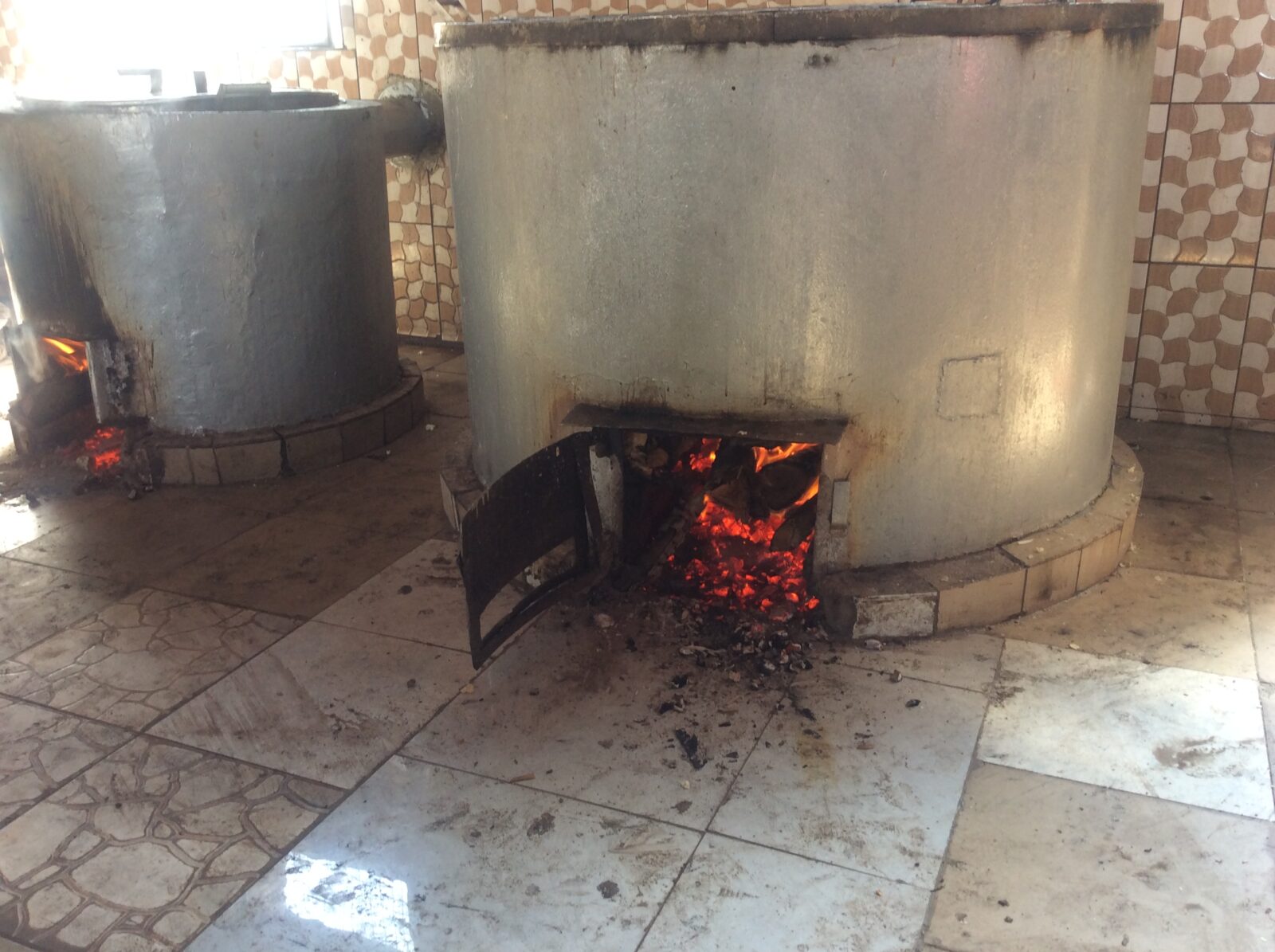
In the hills of Amayaga, southern Rwanda, daily life is being reshaped by quiet but powerful shifts. Schools are cooking meals without firewood, households are adopting efficient stoves, and degraded lands are turning green again. Together, these changes have already kept more than 600,000 tonnes of carbon out of the atmosphere.
The difference is most visible in schools. Across Kamonyi, Ruhango, Nyanza, and Gisagara districts, 20 schools have switched from smoky wood fires to cleaner cooking gas.
At St Bernadette School, head teacher Father Jean D’Amour Majyambere has done the math: “When I buy firewood worth Rwf 5 million, we use it within three months, but cooking gas worth Rwf2 million lasts us six months. If we were to rely on firewood for six months, it would cost us over Rwf 10 million.”
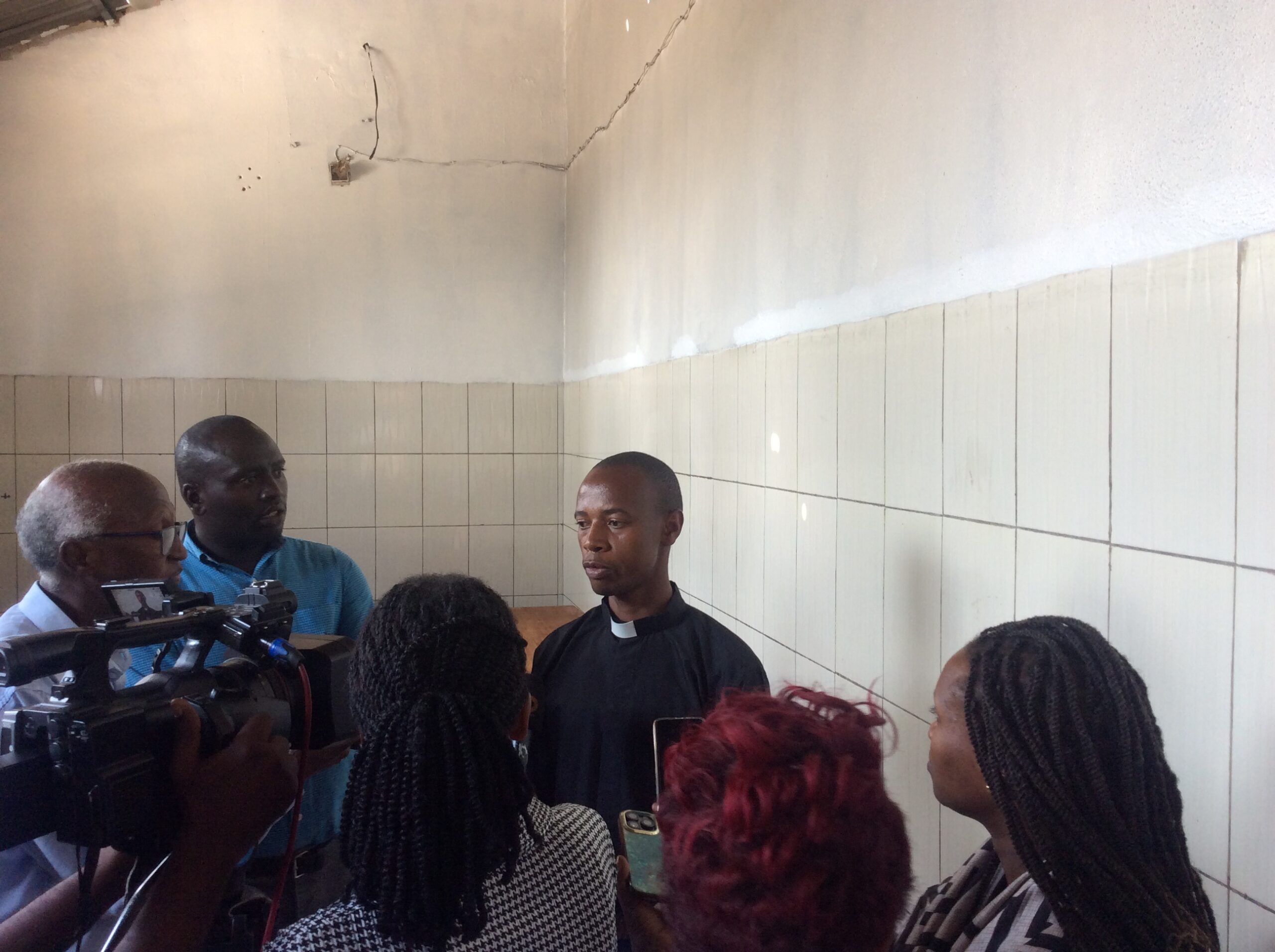
For cooks like Nyabyenda Silas, the benefits are more personal. “Cooking with gas saves time and protects the environment from pollution,” he says, smiling as he stirs a large pot without the smoke that once filled the school kitchen.
The scale of the impact is striking. Rémy Songa, coordinator of the Green Amayaga Project, sums it up: “All these initiatives have enabled Rwanda to reduce air-polluting emissions equivalent to more than 625,000 tonnes.” That figure comes from a package of interventions — improved cookstoves in 60,000 households, forest restoration, and new energy systems in schools.
The forests tell their own story. Once-degraded lands are being rehabilitated, young trees standing where bare soil once baked in the sun. These new woodlands don’t just absorb carbon; they stabilize soils, protect watersheds, and create shade for farmers’ crops.
And Rwanda isn’t stopping here. National targets call for schools to eliminate firewood and charcoal altogether by 2032, shifting entirely to cleaner fuels. It’s an ambitious goal, but one that builds on momentum communities can already see and feel.
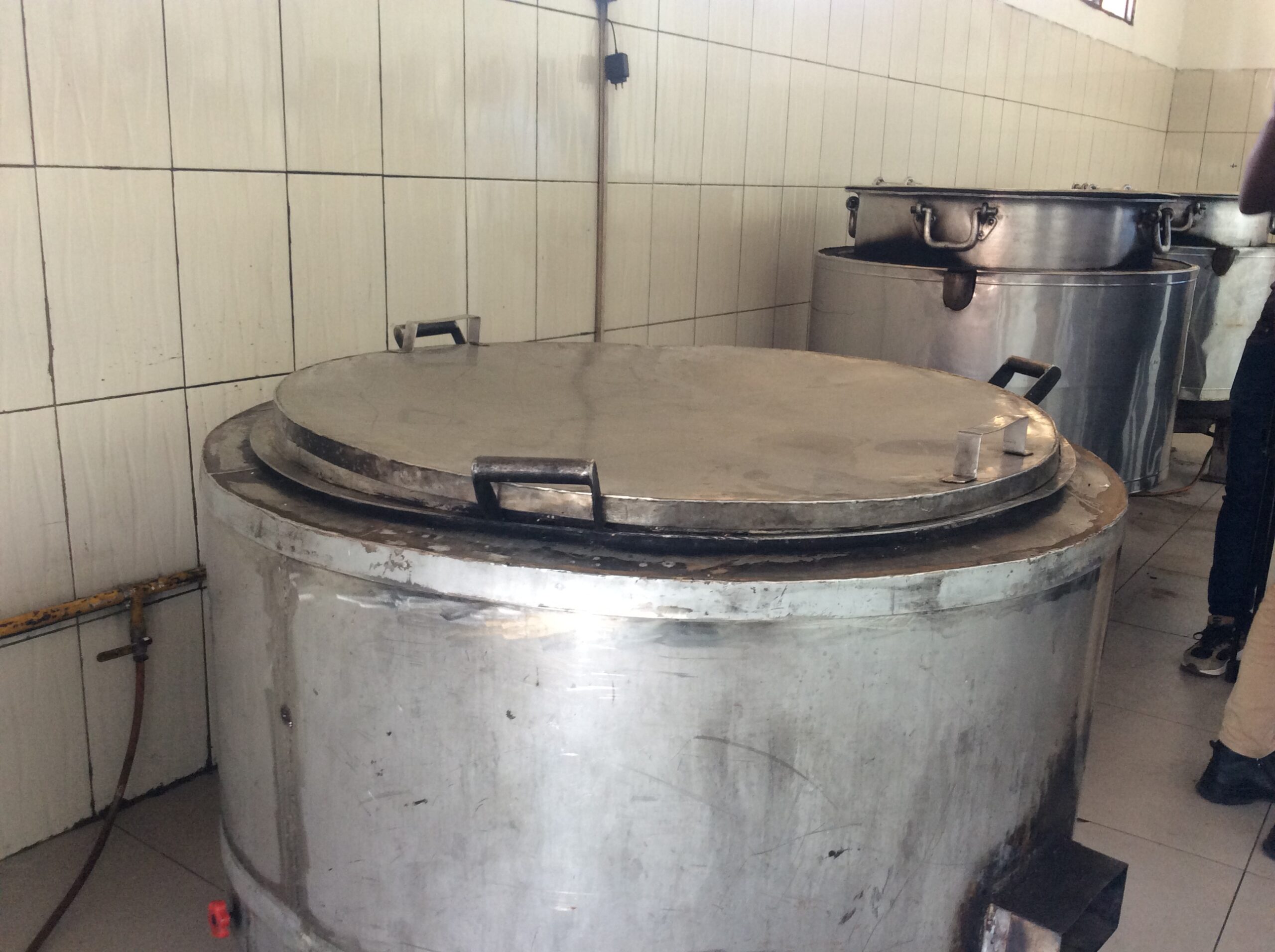
What makes Amayaga special is that the benefits go beyond the environment. Families save money, students breathe cleaner air, and local ecosystems start to heal. The story here is simple: when people and nature thrive together, the gains multiply.
Trending Now
Hot Topics
Related Articles
Kivu Beach Festival Triggers Urgent Economic Development Push in Rutsiro
Preparations for the 2025 Kivu Beach Expo & Festival have become a...
COP30 Raised Ambition on Adaptation Finance Yet Africa’s 150 Billion Dollar Gap Tells a Different Story
COP30 in Belém was billed as the moment the world would finally...
Rwanda Launches Updated Climate Action Plan to Boost Resilience and Cut Emissions by 2035
Rwanda has unveiled a strengthened national climate strategy with the release of...
A Climate Crossroads: 2025 Set to Be the 2nd or 3rd Warmest Year on Record
As global leaders meet at COP30 in Belém, a new update from...


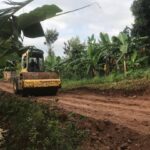
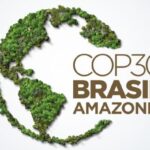
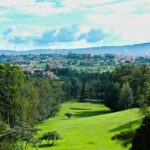
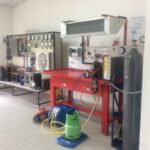
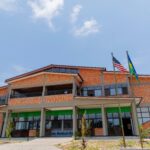
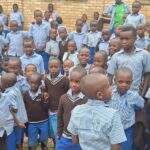
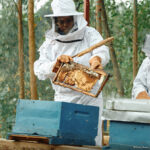
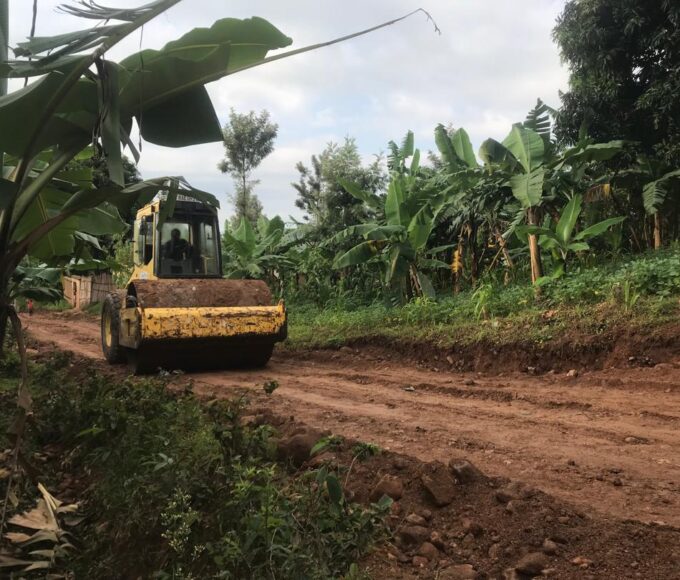
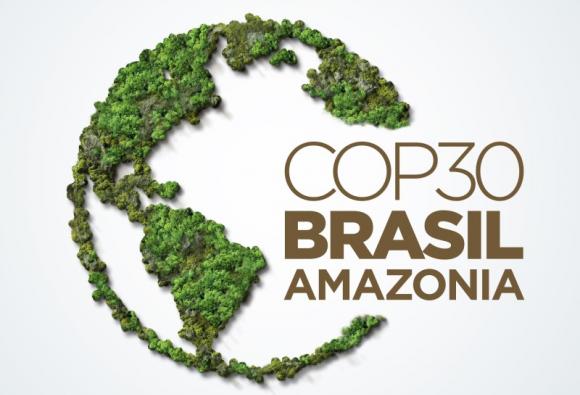
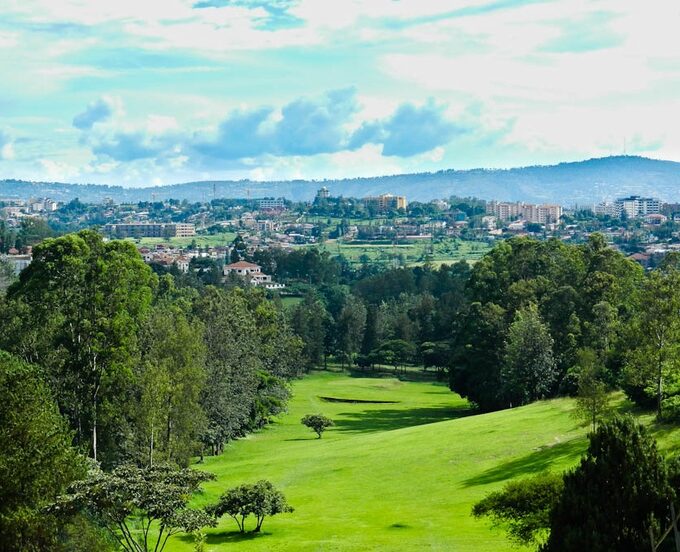
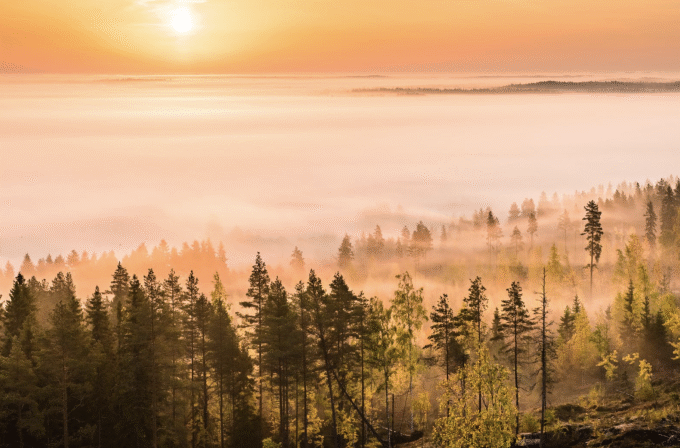
Leave a comment